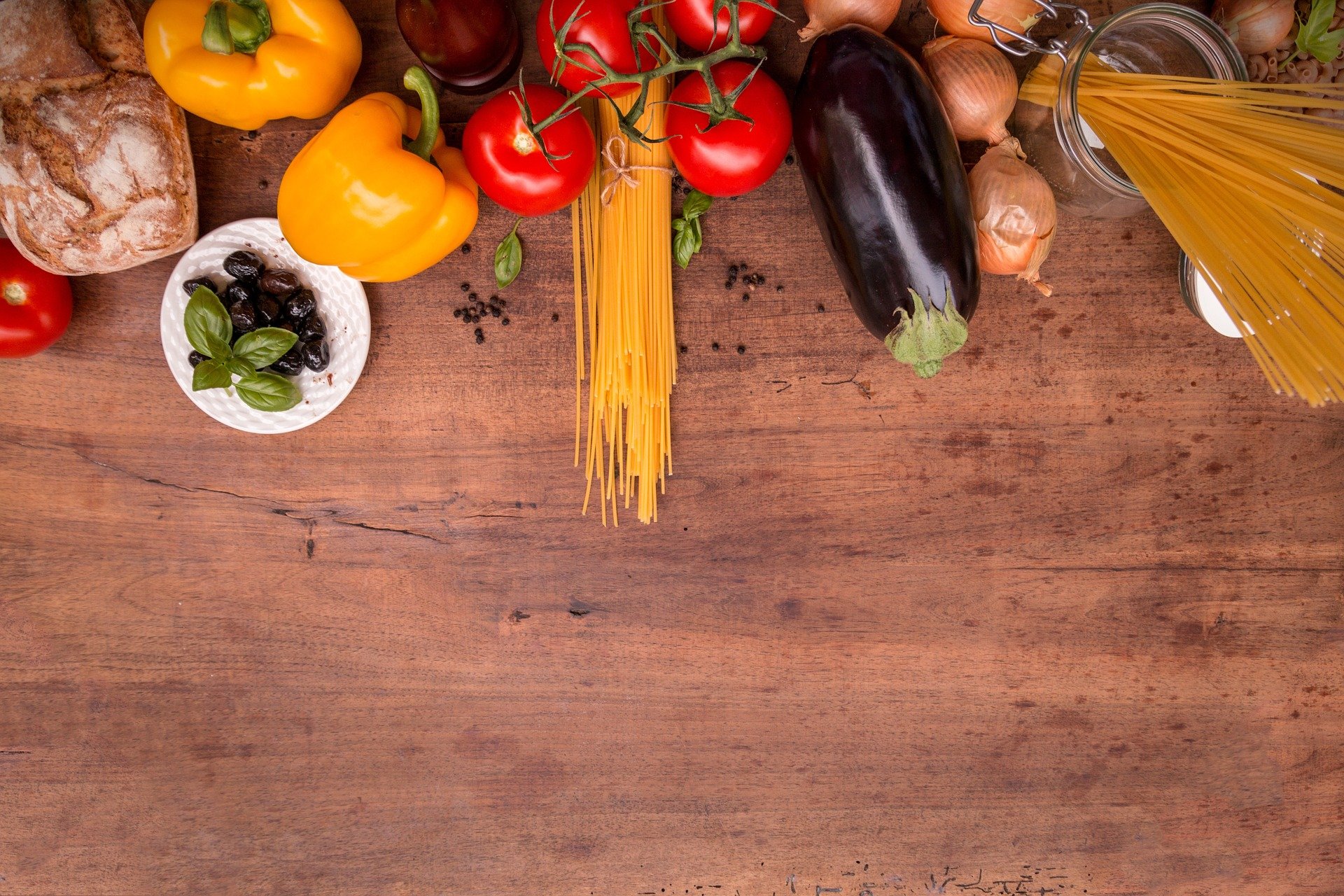
Nutrients are a source of nourishment that can be absorbed by our body to gain energy and build tissues. Sometimes no matter how nutritious our food may be, we gain little in nutritional value. This may be due to the presence of anti-nutrients.
Anti-nutrients are well known to inhibit absorption of nutrients by our body. They are naturally occurring in plants that have the ability to combine with essential vitamins and minerals making it unavailable for absorption.
One such anti-nutrient is oxalate. They are found to be in common foods such as spinach, pepper, parsley, tea leaves, ginger, almonds etc.
Oxalate are naturally occurring compounds that are synthesized in plants due to the incomplete oxidation of carbohydrates. The oxalate leaves a sour taste in the animal’s mouth and defends the plant from being consumed.
Funny thing is, our body actually produces oxalate in the liver during the absorption of vitamin C. It accounts for about 60 percent of the oxalate in the blood. But over consumption through food sources disturb the healthy ratio and lead to accumulation of oxalate.
We consume about 250 mg to 400 mg of oxalate in our daily diet. For the large majority of us it does not create any immediate issues and exits our body naturally. Oxalate is found to combine with calcium to form calcium oxalate that build up to form kidney stones. Leaving you deficient in calcium and at increased risk of having kidney stones. Other issues from over consumption may include joint pains and inflammation due to oxalate build up.
Those with multiple food intolerance, IBD or SIBO, elderly and people who have had kidney stones in the past are recommended to follow a low oxalate diet of less than 50 mg a day as they have a high likelihood of developing kidney stones again in the future.
It is also worth noting that cooking, boiling and sprouting foods helps lower the oxalate content. Consuming raw vegetables and improperly cooked legumes are likely to increase the amount of oxalate in your diet.
For a list of foods with regards to its oxalate content, visit oxalate.org






